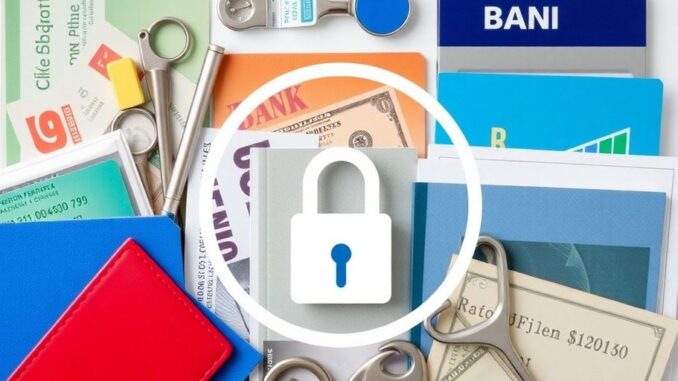
Navigating the complexities of modern banking requires a keen understanding of account management and robust fraud protection strategies. From managing joint accounts with a partner to overseeing multiple personal or business accounts, consumers face evolving challenges. This guide delves into best practices for managing various account types and highlights essential measures to safeguard your finances against increasingly sophisticated fraud schemes.
Key Takeaways
- Account Management: Understand the pros and cons of joint versus separate accounts for couples, and learn effective strategies for managing multiple accounts.
- Fraud Prevention: Familiarize yourself with common fraud types like check fraud, P2P scams, ATM skimming, phishing, and wire transfer schemes, and learn how to protect yourself.
- Business Accounts: Implement strict access controls and security measures when granting access to business financial accounts.
Managing Joint and Separate Accounts
For couples, the decision between joint and separate bank accounts is significant. While joint accounts foster unity and simplify shared expenses, they can also lead to a lack of autonomy and shared liability for a partner’s financial missteps. A Bankrate survey indicates that 43% of U.S. couples exclusively use joint accounts, with older generations more likely to do so. Conversely, younger couples are increasingly opting for separate accounts or a blend of both to maintain financial independence.
- Joint Accounts: Offer transparency and ease for shared budgeting and expenses. However, they can create power imbalances and complications if the relationship ends.
- Separate Accounts: Provide individual financial autonomy and privacy. This approach requires clear communication about shared expenses to ensure all bills are paid.
- Hybrid Approach: Many couples find success with a combination, using joint accounts for shared bills and savings, while maintaining separate accounts for personal spending.
Strategies for Managing Multiple Bank Accounts
Managing multiple bank accounts, whether for personal goals or to capitalize on bank bonuses and perks, requires organization. Key strategies include:
- Centralized Tracking: Utilize a spreadsheet to monitor account details, balances, fees, interest rates, and minimum balance requirements.
- Unique Passwords: Create strong, unique passwords for each account and consider using a password manager for enhanced security.
- Maintain Activity: Keep accounts active to avoid dormancy fees and escheatment (transfer of funds to the state). Assign each account a purpose, such as automatic bill payments or regular transfers.
- Minimize Fees: Be aware of and minimize transfer fees between accounts by choosing accounts with no or low fees.
Protecting Your Accounts from Fraud
Bank account fraud is a persistent threat, with fraudsters constantly developing new tactics. Awareness and proactive measures are crucial for protection.
- Common Fraud Types:
- General Protection Tips:
Business Account Security
Granting access to business accounts requires careful consideration to balance efficiency with security. Limiting access to a small, trusted group and setting permissions based on job functions are essential. Never share login credentials; instead, provide each authorized user with their own secure login. Regularly review who has access and consider issuing company credit cards as an alternative to direct account access.
By implementing these strategies, individuals and couples can better manage their bank accounts and significantly enhance their protection against financial fraud.
Sources
- 5 Common Types Of Bank Account Fraud And How To Protect Yourself, Bankrate.
- 43% Of U.S. Couples Living Together Only Have Joint Accounts: Here’s What’s Wrong With This Trend, Bankrate.
- Who Should Have Access To Your Business Finance Accounts?, Bankrate.
- 4 Tips For Managing Multiple Bank Accounts, Bankrate.
- Should Couples Have A Separate or Joint Bank Account?, Bankrate.

